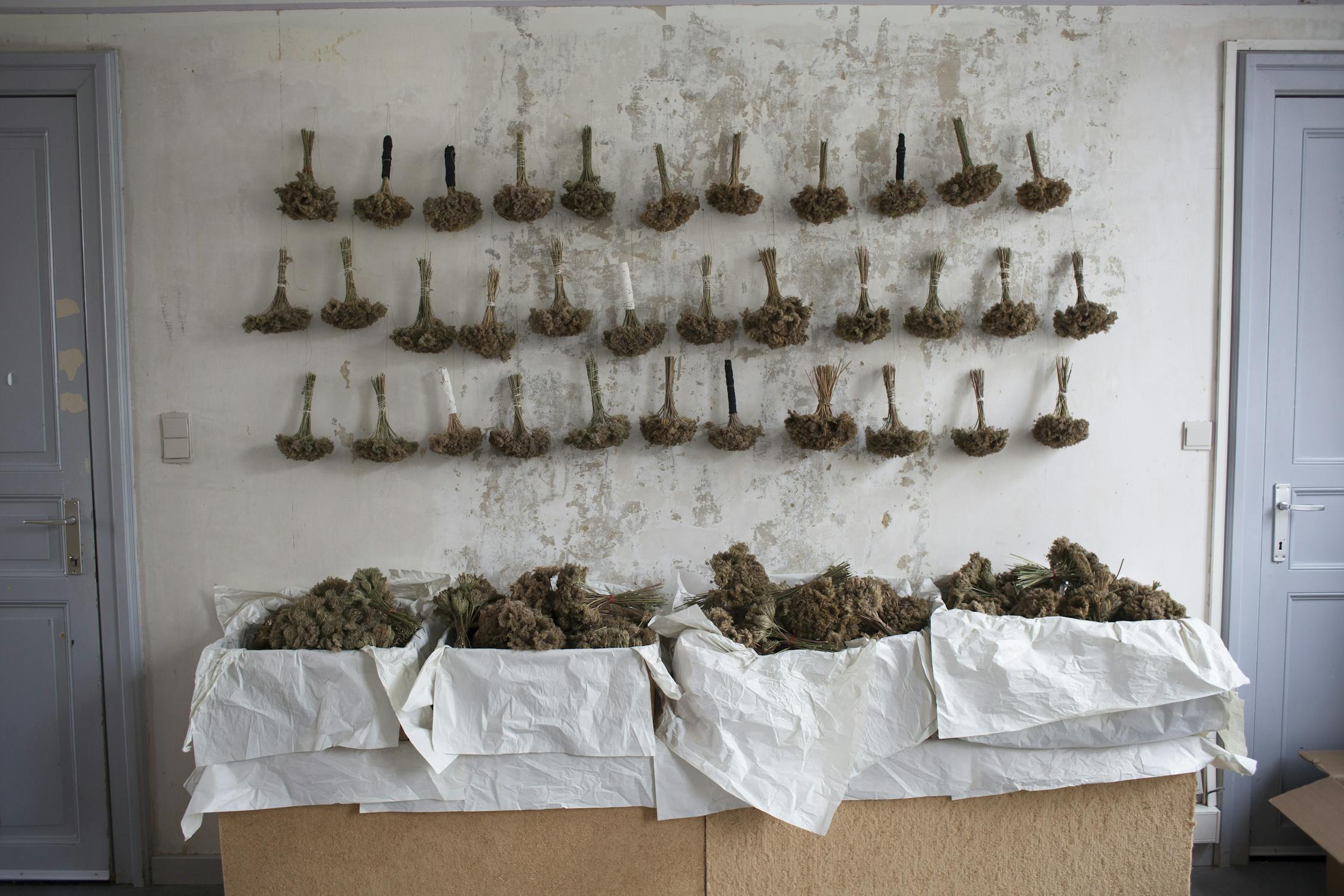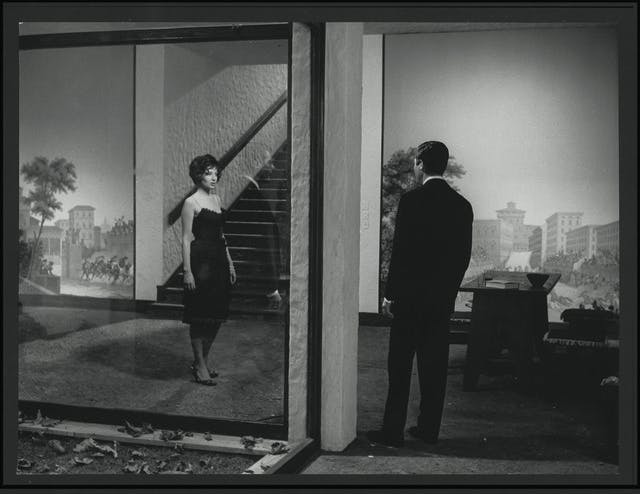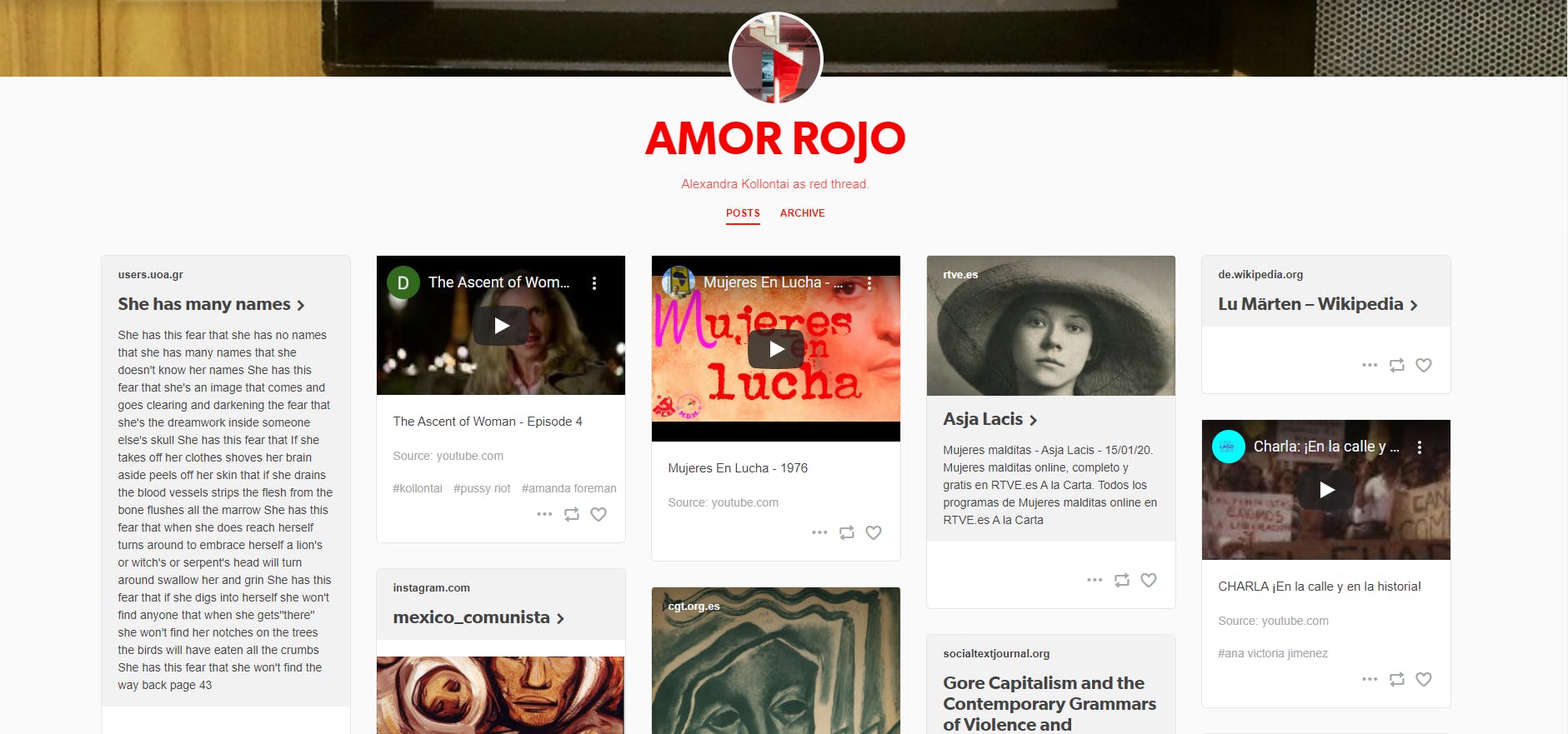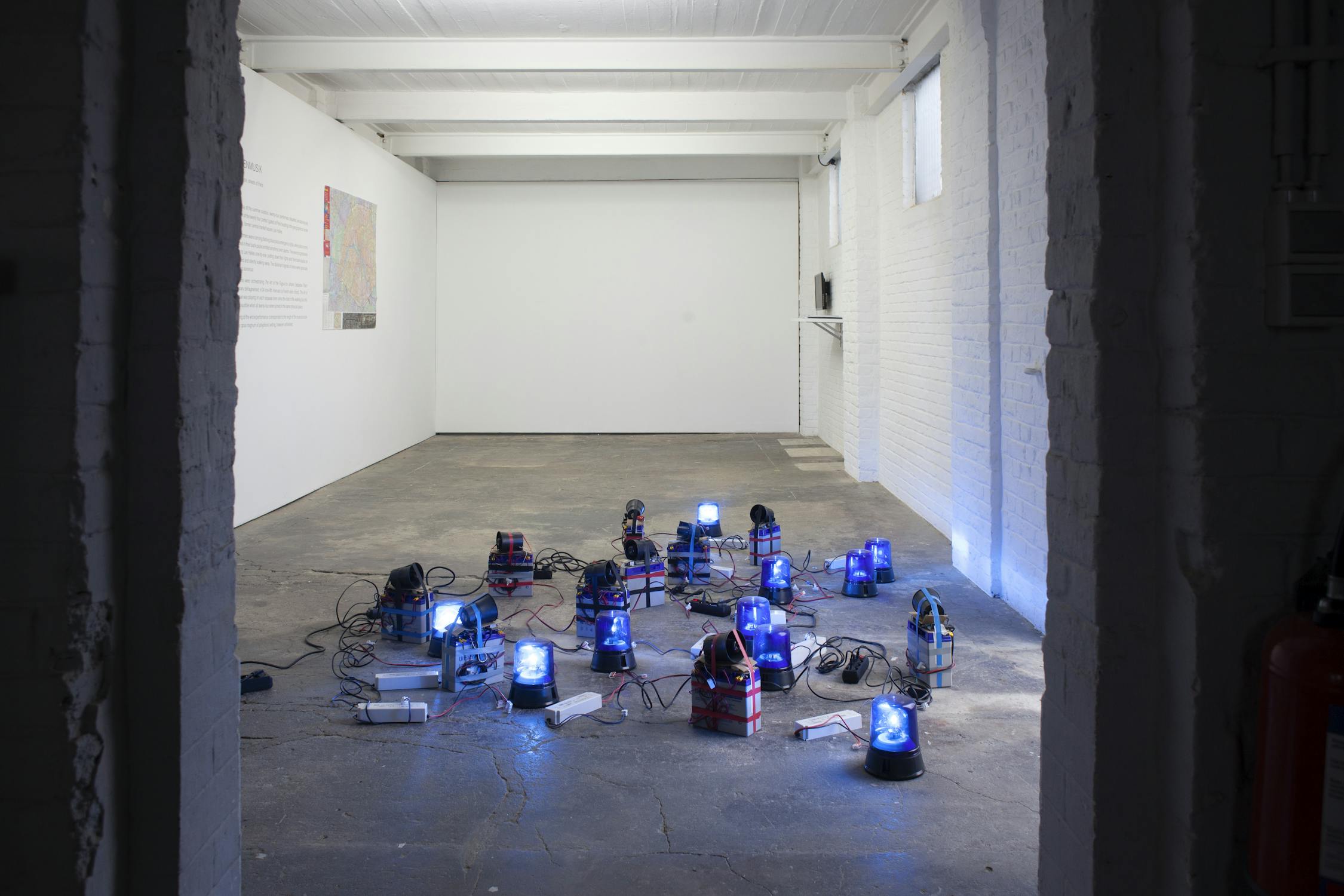Alles over kunst, dat is de baseline die we bij HART bezigen. Het is een weloverwogen boutade, want zelfs wij die de kunsten intens volgen kunnen nooit alles zien, laat staan over alles schrijven. Het is een onvervulbare ambitie, maar meer dan dat is het een uitnodiging aan de kunstwereld om actief deel te nemen aan het platform dat ons tijdschrift wil zijn. Naast een vaste kern van redacteurs nodigen we daarom ook andere schrijvers uit om bij te dragen aan HART, schrijvers én kunstenaars, want het is een misvatting dat deze laatsten zich enkel beeldend zouden uitdrukken. Samenwerkingen vullen we het liefst inhoudelijk in. Omdat we niet alleen willen schrijven over, maar ook mét. Omdat mooie uitkomsten vaak in dialoog ontstaan. Met Netwerk Aalst nodigen we een kunstenaar waarmee het centrum voor hedendaagse kunst een nauwe band ontwikkelt uit voor een reeks tekstbijdragen. Zo werken we gestaag aan een kruisbestuiving tussen ons tijdschrift en de kunstwereld die ons omringt.
An exchange between curator Attilia Fattori Franchini, Pieternel Vermoortel (director, Netwerk Aalst) and curator Nick Aikens on The Bodies, a research group questioning and defining itself whilst at the same time infiltrating Netwerk Aalst’s programme and institutional model.

Attilia Fattori Franchini: What are The Bodies?
Pieternel Vermoortel: It is hard to say what they are - perhaps at this point it easier to say - who they are! The bodies are an experimental format: a group of people meets over a series of gatherings envisioned and guided by curator Nick Aikens over the course of three years. The invited participants are artists, a curator, an art historian, a writer, … Their thinking forms an extended frame of reference for the institutional model of Netwerk Aalst. The bodies were brought into life as a way to decentralize power, and to allow for a plurality of voices to think, act and understand and form the institution. The bodies reflect independently and on their own terms on forms of governance and can infiltrate Netwerk Aalst´s programme and institutional model. The encounters are conceived as an opportunity to formulate visions - with the participants and in dialogue with and ultimately for the institution. The form these visions take is not pre-described but is formed over the course of the enquiring process. It is devised by artistic and collective thinking.
Nick Aikens: The Bodies are myself, Bianca Baldi, Jeremiah Day, Laurens Dhaenens, Lucile Desamory, Dora Garcia, Agnieszka Gratza, Wendy Morris, Vanessa Joan Müller and Pieternel Vermoortel and Piet Mertens (Netwerk Aalst). The meeting between this group offers a precious opportunity to have conversations across different practices and an institution without a pre-defined outcome. It’s incredibly rare for an institution of any scale to dedicate time and money to a process where the endpoint is not known or for the emphasis to be taken away from production. The lack of pre-defined outcome makes it slippery at the beginning; you can’t grab hold of it easily, you need to get to know the practices, personalities and impulses of the group, and it takes time to understand its potential.
AFF: What are The Bodies’ function and position within The Astronaut Metaphor – a three-year evolving program on politics, aesthetics, and the human – and the vision of Netwerk Aalst at large?
NA: Each of the participants in The Bodies have their own individual relationship with Netwerk Aalst, whether it is in the form of an exhibition, performance or writing. What The Bodies allows is a parallel set of conversations and encounters, that can create a space for different facets of the practice to emerge.

PV: In the programming of Netwerk Aalst, we let ourselves be guided by topics and concerns that the participants’ practices – and the discussion between these practices – provoke and relate them to the specific reality of Aalst, or the other way around! As such we balance the idea of a long-term commitment to artistic practices and search for specific modes of engagement that go far beyond the format of making an exhibition within a specific context. The Astronaut Metaphor allows us to work with a multitude of artists over a longer period of time, positioning the programme somewhere in the middle between a commissioning agency and an active participation through the specifics instigated by the locality of Aalst. Wendy Morris transformed the city of Aalst in her studio. Netwerk Aalst became the place where she meets with university students while at the same time developing a herbarium for the city. Agnieszka Gratzka explores the potential of being engaged as a writer, through communication with some of the artists involved but also by playing with this role of being a internal / external reporter…
AFF: How have The Bodies responded to the current health crisis?
NA: In a recent session I offered a series of fragmented reflections that have somehow come out of the past year. For many of us I think the different stages of the pandemic – the various lockdowns and forced moments of pause, isolation and the changing relationships to what we might call home (whether it's where we live or where we are from) and work, has forced us to think about the very idea of living and practicing internationally. Internationalism – a construct that in the 1990s lost its emancipatory horizon with the ramping up of globalization and the neoliberal project, has needed to be re-imagined for some time now. The pandemic makes it more urgent to understand what an internationalist agenda – for artists, institutions and society at large – might look and feel like when it's not predicated on physical movement of objects or bodies. So this is one thing we have started discussing – or feeling our way into I should say. The inspiring writing of Ariella Aisha Azoulay and Olivier Marbouef as well as excerpts from Derek Jarman’s mesmerising film Blue served as entry points in that session. Soon The Bodies aims to start a journal of sorts that will share some of its thinking and references. And maybe from this, a set of speculations or coordinates for thinking and acting as an internationalist (as opposed to a purely international) community might start to emerge.

PV: It took some time for The Bodies to understand what The Bodies could be and mean, due to the current crisis. We were supposed to meet for the first time last March – the exhibition Occupie Paradit by Alex Cecchetti and Laure Prouvost would have served as a background here – at exactly the moment when the first lockdowns started. Instead of collective gatherings in person, we met regularly online without a preset agenda, just to understand how everybody was. This lack of purpose along with the desire of just being together was beautiful. And this somehow got the group going.
AFF: I very much relate myself to these questions and confide in the possibilities of a new local focus in exchange with international positions and discourses. I have been very interested in understanding how empathy, care and mutual support, for artists, institutions and society can be activated without physical movement and presence. Can The Bodies, perhaps, generate new ways of being together?
NA: In the next meeting of The Bodies we will try experiments with telepathy, collective movement exercises and letter writing. These all came out of the group and speak to the different ways people are trying to institute forms of exchange, communication and care for each other beyond the screen. What’s crazy in a way is that many of us have not met in person. So what we are caring for is more the possibility to think together. It is caring for potential, for the possibility to be inspired, which is what I crave in the deadening pragmatism of screen time.

PV: It is probably too early and maybe it won’t at all be possible to talk of findings in relationship to The Bodies. I nevertheless think that this way of working is a way to understand how we are together, how we take steps in unwinding our current condition. Interestingly the topics of empathy, mutual support and care are already present in the practices of the artists we engage with, such as Dora Garcia’s research into the figure of Kollontai and the understanding of love as a political construct or Vanessa Joan Muller’s exploration of the concept of alienation.
AFF: The term cultural organizing appears occasionally in writing about activism and social movements in the twentieth century and refers to the practice of integrating artistic thinking into organizing strategies. It has been used, for example, in reference to the cultural strategies of Popular Front organizers during the 1920s and 1930s and at the intersection of art and activism. The Bodies is an experiment in cultural organization, does it wish to affect in the long term ideologies and identities? Can it be political?

PV: I remember reading an interview with Dora Garcia where the interviewer asked her: “since when would you say you are engaged in a feminist discourse?”- To which she replied: “this actually happened when I got to realise that the personal is political.” A cultural organisation, Kunsthal or Centre for Contemporary Art is always part of a wider construct. Netwerk Aalst in particular was founded from the organisation of the Centre for Societal Renewal (CSV). It is a lineage we try to understand within the specificity of the city. How this group wants to be active and how the organisation positions itself as a consequence of this is an ongoing process. At the moment this centres itself around a search towards modes of being together.
NA: I think you can see the decision by Netwerk Aalst to redirect resources away from production and focus on an indeterminate process as a form of institutional politics. Equally, the decision by The Bodies to try and circumnavigate the protocols and implications of working via screen is undoubtedly a political choice: mind and body become the coordinates within which to work not the interfaces of Zoom and Teams. I don’t think any of us in the group would make a claim for having a concrete, shared political agenda. Rather, we are trying to understand how an institution and a set of practices – themselves engaging with the political in a variety of registers – can speak to each other.
AFF: Embodying a collective yet external perspective to the institution The Bodies offers an opportunity to decentralize power and challenge set forms of governance infiltrating Netwerk Aalst´s programme and institutional model. Is this process already manifesting? How so?

PV: I would say decentralization happens at the moment in an indirect manner and perhaps it will happen more directly as we evolve. Indirectly, everything we programme at Netwerk Aalst is informed by the conversations with The Bodies: the questions the various practices ask towards each other might convey in an exhibition that looks at issues of citizenship such as the current New Songs for Old Cities. The framework from which we decide what we programme, how the discursive programme looks like, and what is needed to create a relationship to the context of Aalst are a direct consequence of The Bodies’ long-term engagement. And also this local is not stable: understanding and giving space to the needs, dreams, concerns of the people in Aalst was one of the founding reasons to start the project Netwerk Fabriek (Factory), which meant a structural change to the institution and budget allocation. Netwerk Fabriek operates through a collective model of governance with people from the neighbourhood and they provide a significant part of the program. Its activities span from housing a knitting group, to hosting rehearsals of the band Blacking, to after-school guidance, to artists making an inside garden as a response to the lack of public space.
NA: Perhaps we could think of it more as decentralizing creativity, not decentralizing authorship. Pieternel and I are curators, but we are not ‘curating’ The Bodies. We are part of a collective process where Pieternel’s input – though inflected with her institutional role–- is speaking with Lucile’s or Jeremiah’s or Wendy’s. The ‘contract’ you would normally have between artist, writer and organisation is deliberately fuzzy. Modernist notions of ideas emanating from a single object and author have thankfully long been challenged, and institutions are increasingly wary of broadcasting ideas or histories to the world from a single perspective. Perhaps The Bodies can be seen within this trajectory - of experimenting with different institutional processes that challenge these outdated paradigms. But, another, perhaps contradictory, way to view The Bodies, is a welcome refocus on practice, putting it at the centre of what an institution does.